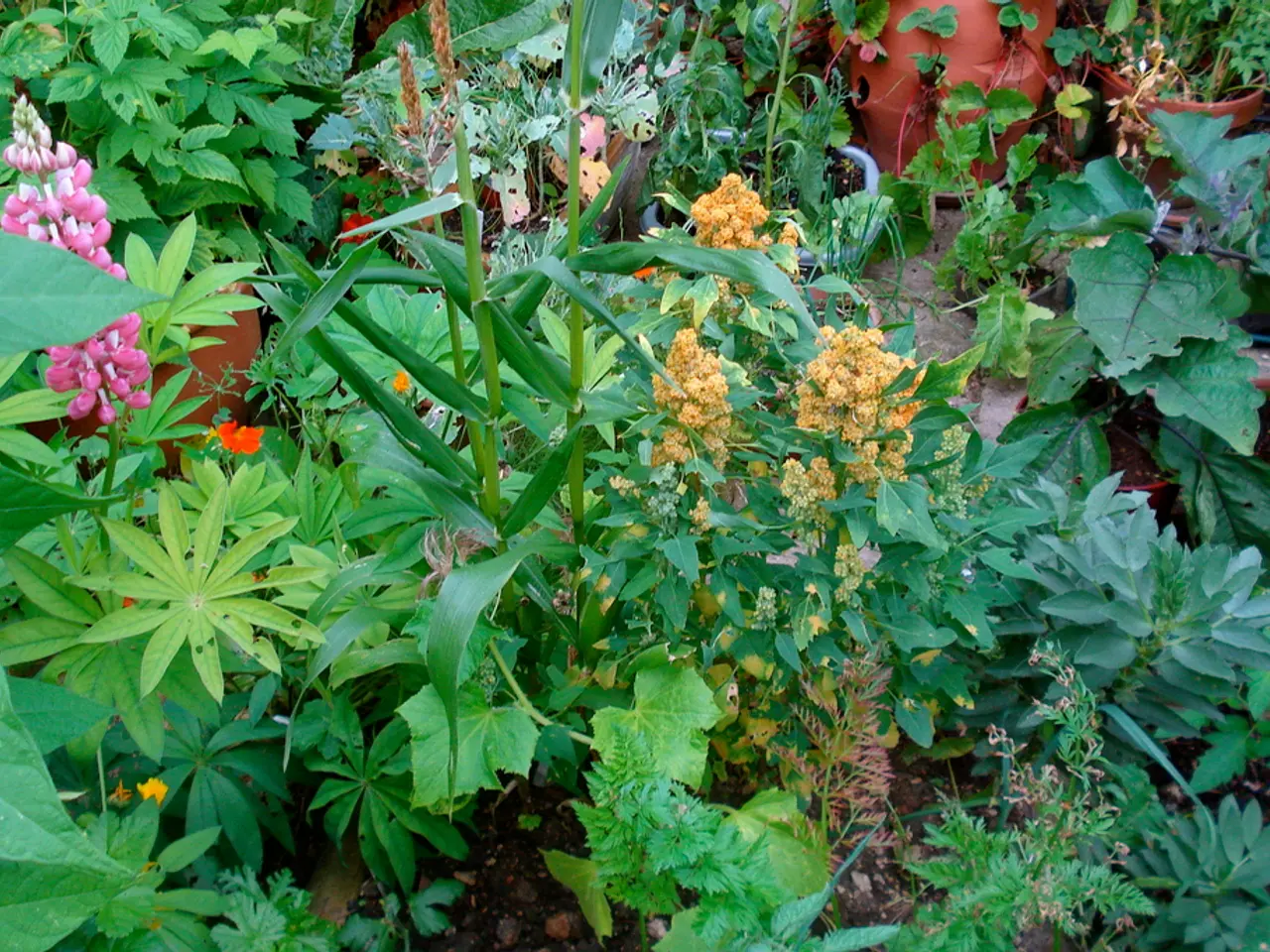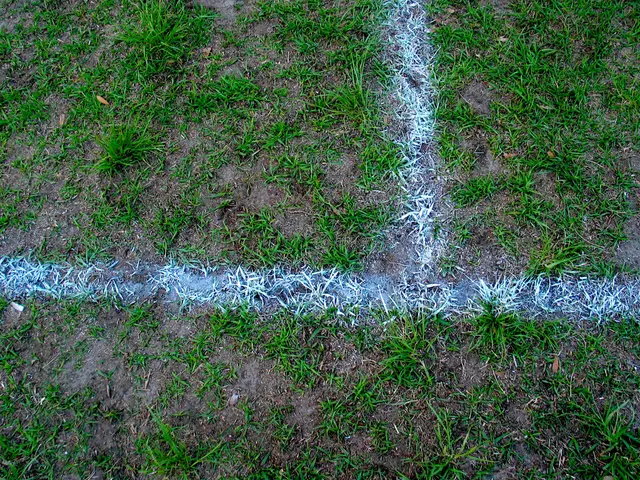Guide for novice gardeners: tips for maintaining your garden's health
In the world of gardening, there's more to it than just planting plants. To help you get started, here's a guide for watering, feeding, and pruning your plants.
Signing Up and Getting Started
Before you dive into the gardening world, you'll need to sign up on our platform. Simply enter your details and agree to our terms and conditions and privacy policy. Unsubscribing is possible at any time.
Caring for Your Plants
Gardening involves more than just planting. It requires care, watering, feeding, support, and weed control. Regular watering encourages plants to produce more nectar, benefiting bees and other pollinators. Watering plants is crucial for their health, as they lose moisture through transpiration and evaporation.
Watering Tips
- Use gentle watering methods such as a sprinkler with a soft spray or a lance on your hose to avoid damaging plants and ensure water soaks into the soil properly.
- Water at the right time of day, ideally early morning or late evening, to minimize water loss through evaporation and help plants absorb moisture more effectively.
- Consider installing a drip irrigation system for raised beds or containers. Drip irrigation delivers water slowly and precisely near the plant’s roots, improving water efficiency and promoting stronger plant growth while avoiding overwatering.
- For potted plants, use simple DIY tricks like placing strips of old cloth in an empty container to distribute water evenly to multiple pots.
- Avoid watering overhead on hot days to reduce the risk of leaf burn and fungal diseases; instead, water the soil directly around the base of plants.
Feeding Your Plants
Plants absorb nutrients and minerals like nitrogen, phosphorus, and potassium through their roots. To replace depleted nutrients in the garden, it's important to feed the soil or plants. Organic fertilisers include nettle or comfrey feeds and well-rotted manure, while inorganic fertilisers are made from synthetic chemicals. Feed plants according to their specific needs using appropriate fertilizers, usually applying in the growing season. Overfeeding can be harmful, so follow guidelines on the fertilizer package based on plant type and stage of growth.
Pruning
Pruning is cutting off parts of a plant to restrict its size, encourage a certain shape, or develop more fruit, flowers, or stems. Removing dead, diseased, broken, crossing, and crowded branches is often sufficient for many plants. After formative pruning, it's a good idea to prune hedges annually, although formal hedges may need pruning twice yearly to keep them looking smart.
Additional Tips
- Watering in the evening is best in hot weather, while watering in the morning is better in cold or dull weather.
- Seedlings, young plants, container plants, and plants in sunny locations require more frequent watering.
- Deadheading spent flowers prevents plants from setting seed and encourages more flowers.
- Avoiding splashing water onto leaves in hot weather is recommended.
- Pruning new hedges for their first couple of years after planting is called 'formative pruning' and is typically carried out in winter or early spring.
Stay Informed
Our newsletter offers advice and inspiration from favorite gardeners. With these tips, you're well on your way to cultivating a beautiful and thriving garden. Happy gardening!
[1] Gardening for Beginners: Watering [2] Drip Irrigation [3] DIY Watering Tips for Potted Plants [4] Watering Tips for Potted Plants [5] Gardening for Beginners: Fertilising
- To cultivate a beautiful and thriving home-and-garden, it's essential to understand the importance of watering, feeding, and pruning beyond just planting plants.
- As your gardening lifestyle expands, consider exploring different watering methods such as drip irrigation or DIY watering tips for potted plants to ensure optimal plant health and water efficiency.




